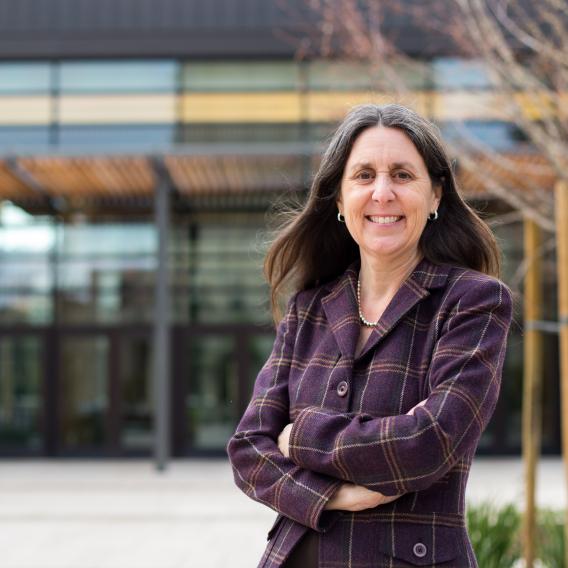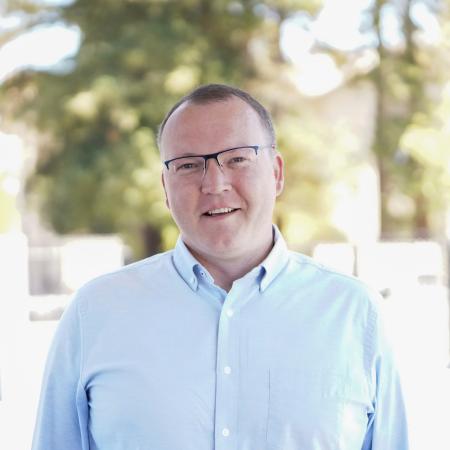
Diarra Bousso
Growing up in Dakar, Senegal, Diarra Bousso loved both math and art, and couldn’t decide which to make her career. It wasn’t until she arrived at Stanford that she discovered she could do both.
Bousso is founder and chief creative mathematician at Diarrablu, a company that makes a range of clothing — from dresses and palazzo pants to jewelry and shoes — in bold colors and prints evoking its founder’s African heritage. She uses mathematical concepts and equations to create the majority of her textile prints. Her innovative approach has been the subject of profiles in Forbes and Vogue and on CNN.
Bousso comes from a long line of artisans. Her father’s relatives are leather craftsmen, and most of the women on her mother’s side design their own clothing. Bousso herself took to painting at age 5. But she also loved math and admired her father, who was a banker, so she went off to Macalester College in Minnesota to major in math, economics, and statistics. That was followed by a two-year stint as a bond trader on Wall Street, before she grew disenchanted and homesick.
She returned to Senegal, where she suffered an accident that left her with life-threatening injuries and made her rethink her career. Eventually, she launched several startups in the fashion industry.
At the same time, she was teaching math at the International School of Dakar, and decided to move to California to pursue a master’s in math education at the GSE. She was immediately drawn to Professor Jo Boaler’s work, which emphasizes an understanding of math as a creative, visual subject. “When I met Jo Boaler, everything changed,” Bousso says.
She told Boaler about her interest in using math formulas to design clothing patterns, saying, “It’s so nerdy that no one’s going to like it.” Boaler’s response: “Tell me more.”
“Having Jo as a mentor helped me to understand that I could pursue my love for art and math together — I was an artist and a mathematician,” says Bousso. “That understanding changed the course of my career. I’m so grateful I could experience that at Stanford, and I hope I can also be a catalyst like that for my own students and communities.”
Photo by Satoshi Suga



